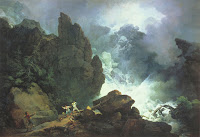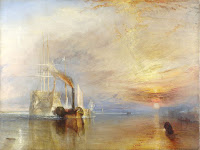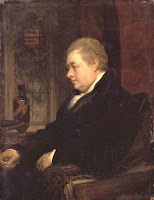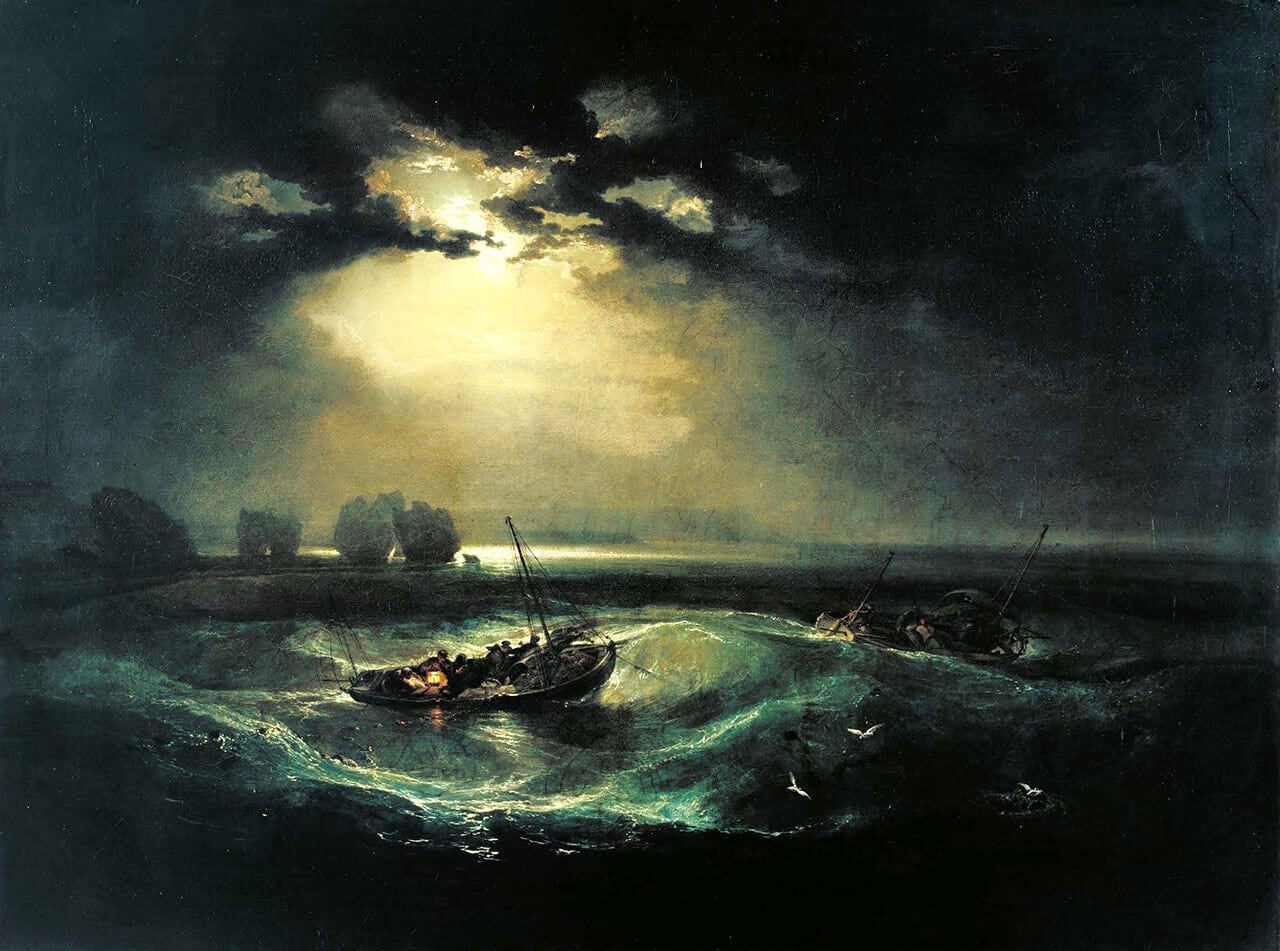J. M. W. Turner’s Fishermen at Sea Description, Briefly
 |
| A Shipwreck in Stormy Seas by Claude-Joseph Vernet (1773) |
 |
| An Avalanche in the Alps by Philip James de Loutherbourg (1803) |
 |
| A View of Vesuvius from Posillipo, Naples by Joseph Wright of Derby (1779-1800) |
Fishermen at Sea by J. M. W. Turner 1794 Analysis and Critics
 |
| Portrait of Anthony Pasquin by Mather Brown (1790) |
 |
| Moonlight, a Study at Millbank by J. M. W. Turner (1797) |
 |
| Fishermen Coming Ashore at Sunset Previous to a Gale by J. M. W. Turner (1797) |
Fishermen at Sea, History of the Landscape and the Needles
 |
| Rocks on the South Coast of Wales by J. M. W. Turner (1798) |
 |
| Study of Sea and Sky, Isle of Wight by J. M. W. Turner (1827) |
 |
| The Needles, Isle of Wight by Philip James de Loutherbourg (1824) |
Fishermen at Sea’s Meaning for the Rise of Maritime Paintings
 |
| Shields, on the River Tyne by J. M. W. Turner (1823) |
 |
| Keelmen Heaving in Coals by Moonlight by J. M. W. Turner (1835) |
Joseph Mallord William Turner’s Fishermen at Sea, and Romanticism Art
 |
| Fishermen at Sea Details of Moonlit Sky and Dark Clouds |
 |
| Fishermen at Sea Details of Fishing Boats Struggling Waves |
 |
| Self-Portrait by John Ruskin (1875) |
Fishermen at Sea Painter, J. M. W. Turner
 |
| Self-Portrait by J. M. W. Turner (1799) |
 |
| The Oath of the Horatii by Jacques-Louis David (1784) |
Fishermen at Sea Painting Style, Dimensions, and Perspective
 |
| The Fighting Temeraire by J. M. W. Turner (1838) |
 |
| The Battle of Trafalgar, 21 October 1805 by J. M. W. Turner (1822-1824) |
Fishermen at Sea Legacy
 |
| Portrait of Henry Charles Englefield by Thomas Phillips (1815) |
The romantic masterpiece’s
intersection with the Christie’s auction house occurred only after Englefield’s
death in 1822. In 1823, it was sold under the title of “View of the Needles,
with the effect of Moon and Fire Light.” The purchaser of the artwork was
Englefield’s nephew, Francis William Alfred Fairfax-Cholmeley. For almost 150
years, the precious canvas remained in the Cholmeley family’s possession and
was prominently displayed at Brandsby Hall, eventually earning the name
“Cholmeley Sea Piece.” In 1931, the it was regularly loaned to the Tate
Gallery, contributing to its growing reputation and visibility among art
enthusiasts. Eventually, in 1972, it found its permanent home at the Tate
Gallery after being sold to them by Francis Cholmeley. The acquisition was made
possible through funding from the Beatrice Lizzie Benson Fund. Its journey from
private ownership to public exhibition showcases the enduring appeal and
admiration for J. M. W. Turner’s captivating work in the art world. The
Fishermen at Sea painting holds historical significance and artistic value,
making it a remarkable addition to the Tate Gallery’s renowned collection.
Fishermen at Sea by J. M. W. Turner
 Reviewed by Articonog
on
August 08, 2023
Rating:
Reviewed by Articonog
on
August 08, 2023
Rating:
 Reviewed by Articonog
on
August 08, 2023
Rating:
Reviewed by Articonog
on
August 08, 2023
Rating:






No comments: